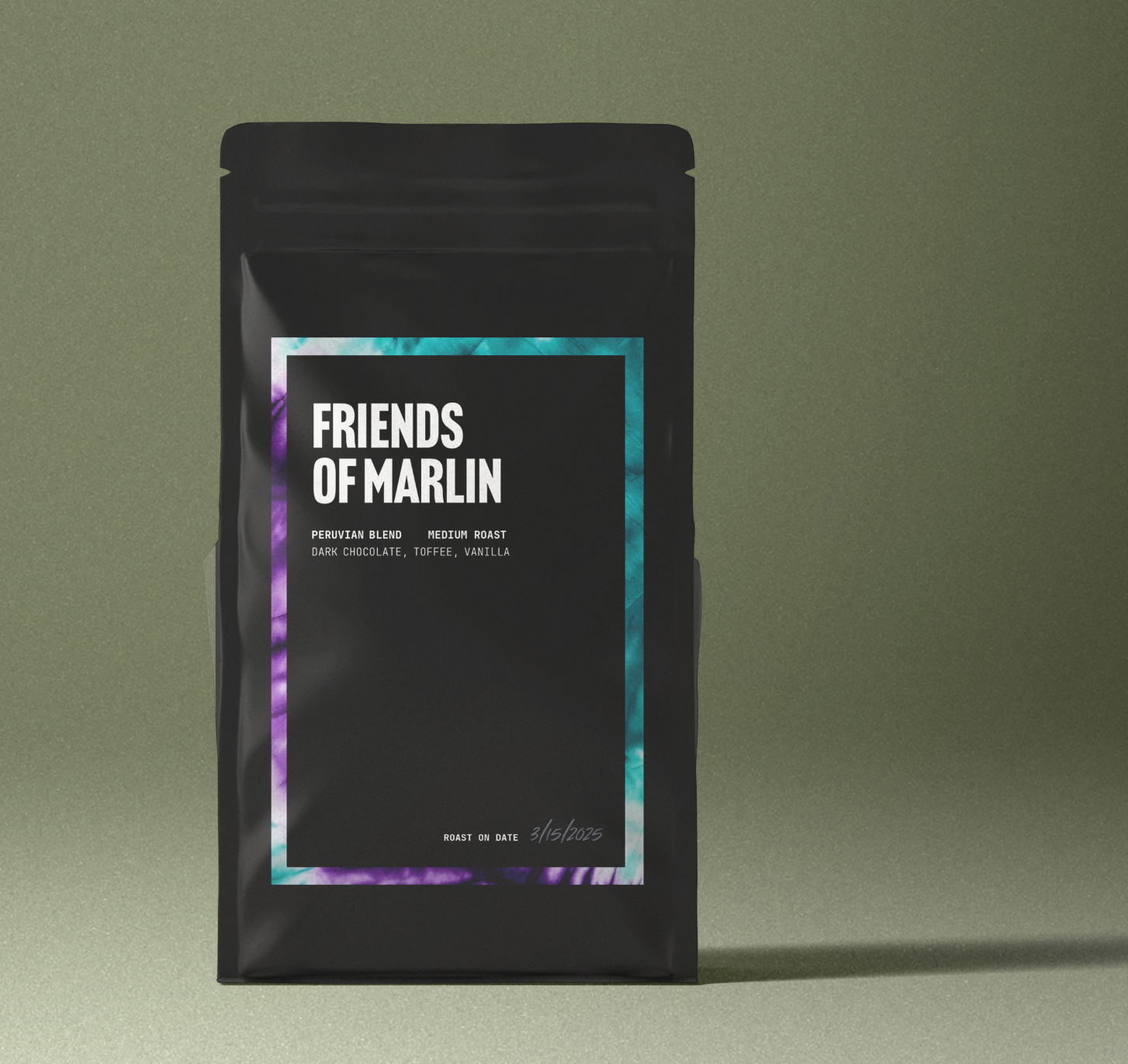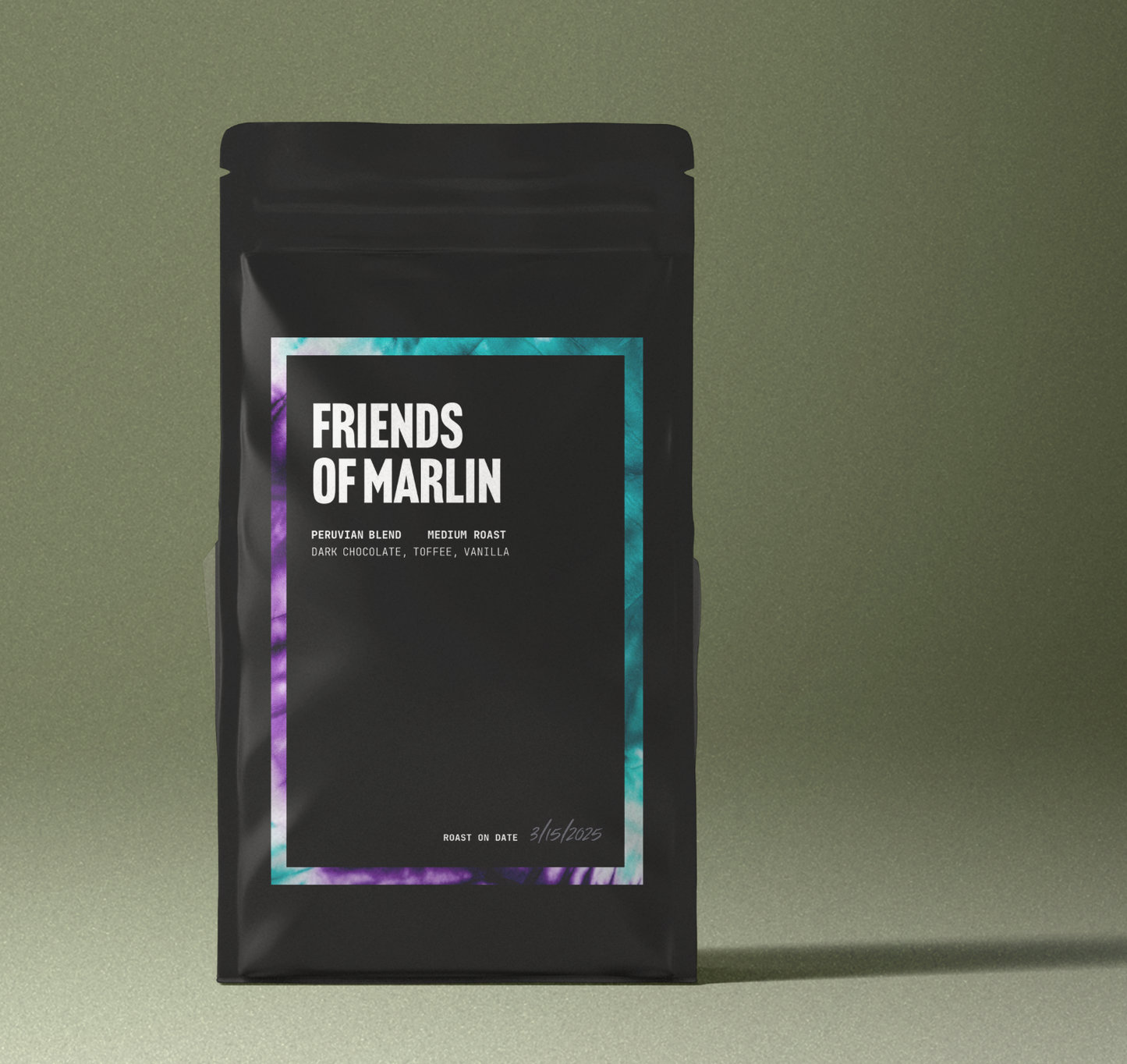
Coffee Culture in Italy
Share
More Than Just a Shot of Caffeine
Walk into any Italian bar at 7 a.m. and you’ll witness a choreographed ballet of clinking porcelain, steam‑hissing espresso machines, and patrons exchanging buongiornos over polished marble counters. Coffee in Italy is not merely a beverage; it is ritual, social adhesive, and cultural emblem wrapped into a one‑ounce shot. This 3,000‑word deep dive traces theorigins, customs, and future of Italian coffee culture—from the first Ottoman beans unloaded in Venice to the modern specialty roasters redefining la tazzina for a new generation.
A Brief History: From Venetian Merchants to National Obsession
Coffee likely reached Italy by way of Venetian traders in the late 1500s, filtering through the port’s spice stalls alongside pepper, silk, and exotic tales from the East. Initially distrusted as “the devil’s drink,” it gained Papal approval in 1600 when Pope Clement VIII allegedly blessed the brew. By the 1700s, elegant coffeehouses like Caffè Florian in Venice and Caffè Greco in Rome became salons for artists, revolutionaries, and aristocrats. The drink’s popularity spread southward, weaving itself into the fabric of everyday Italian life and laying the groundwork for what would become a national identity marker.

The Birth of Espresso: Speed, Steam, and Social Spark
Italy’s most significant contribution to global coffee lore is the espresso. In 1901, Milanese engineer Luigi Bezzera patented the first machine capable of forcing hot water through finely ground coffee at high pressure, slashing brew time from minutes to seconds. Achille Gaggia’s 1947 lever system perfected crema—the caramel‑colored foam that crowns a well‑pulled shot—and gave espresso its silky mouthfeel. The technology married Italy’s penchant for efficiency with its flair for style, turning a simple cup into an experiential ritual that could be repeated hundreds of times a day without losing its charm.
Anatomy of the Italian Bar: A Neighborhood Living Room
Unlike the dimly lit “bars” imagined elsewhere, an Italian bar is a brightly lit, often family‑run café where coffee, pastries, and quick lunches anchor community life. There is typically:
- Il Banco (the counter): Patrons stand shoulder‑to‑shoulder for rapid‑fire service.
- La Cassa (the cashier): Payment is usually made first; the receipt is presented to the barista.
- La Macchina (the espresso machine): A gleaming chrome monument, often the most expensive item in the room.
- Lo Scaffale (the shelf): Rows of liquors, grappa, and vermouth for the post‑meal caffè corretto.
Regulars know the choreography: greet, pay, order, sip, and depart—all in under five minutes—yet the experience never feels rushed; it feels alive.
Regional Traditions: North to South, One Peninsula, Many Palates
While espresso unites the nation, regional variations reveal Italy’s culinary diversity. In Trieste, caffè is served “nero” (straight) or “capo in B” (macchiato in a glass). Turin claims the bicerin, a decadent layering of espresso, hot chocolate, and cream. Naples, home to the most intense roasts, favors the caffè sospeso tradition—paying for an extra coffee to be given to someone in need. In Sicily, scorching summers inspire granita di caffè con panna, semi‑frozen coffee topped with whipped cream and eaten for breakfast alongside brioche.

The Daily Rhythm: Coffee as a Timekeeper
Italians rarely linger over giant lattes; instead, they punctuate the day with multiple micro‑moments of coffee:
- Early Morning: A quick espresso or cappuccino at the bar with a cornetto.
- Mid‑Morning Break (La Pausa): Another espresso, perhaps macchiato, shared with colleagues.
- Post‑Pranzo: A digestive espresso shot anchors the end of lunch.
- Late Afternoon: A small pick‑me‑up—often a caffè shakerato (espresso shaken with ice and sugar).
- Evening: A caffè corretto, “corrected” with a splash of grappa or sambuca, eases the transition to night.
Each sip serves as a temporal bookmark, segmenting work and leisure while reinforcing social bonds.
Ordering Coffee Like a Local: Decoding the Lingo
Tourists clutching venti mochas may feel overwhelmed, but mastering Italian coffee vocabulary is straightforward:
- Caffè: A single espresso.
- Doppio: Double espresso.
- Ristretto: A shorter, more concentrated shot.
- Lungo: Extended extraction, yielding a milder flavor.
- Macchiato: “Stained” with a dash of milk.
- Cappuccino: Equal parts espresso, steamed milk, and foam—morning only!
- Latte Macchiato: Steamed milk “stained” with espresso, popular with children.
- Caffè Freddo: Sweetened espresso chilled in summer.
Pro tip: order simply “un caffè, per favore,” and you’ll blend right in.
Coffee and Food Pairings: Harmony on the Palate
The Italian palate seeks balance: sweet complements bitter. Breakfast pairs cappuccino with a sugar‑dusted cornetto; afternoon espresso may accompany a sliver of dark chocolate; post‑dinner caffè corretto finds equilibrium with richdesserts like tiramisù. Unlike other cultures, Italians avoid milk‑based drinks after noon, believing dairy hinders digestion. The rule is less about snobbery than physiological comfort—proof that coffee customs evolve alongside culinary wisdom.
Beyond Espresso: Lesser‑Known Italian Specialties
While espresso reigns supreme, Italy boasts a constellation of niche preparations:
- Marocchino: Espresso, cocoa powder, and foamed milk in a demitasse glass.
- Espressino Pugliese: Espresso layered with sweetened cocoa and milk cream.
- Caffè al Ginseng: Espresso blended with powdered ginseng for herbal sweetness.
- Caffè d’Orzo: Roasted barley “coffee,” a caffeine‑free alternative dating to WWII rationing.
These drinks highlight Italy’s capacity for reinvention without betraying its roots.

The Social Contract of the Caffè Sospeso
Originating in Naples’ working‑class quarters, the sospeso—literally “suspended coffee”—embodies Italian solidarity. A patron buys two espressos but consumes only one; the barista notes the extra. Someone less fortunate can later ask, “C’è un sospeso?” and receive a prepaid coffee. The practice surged during economic crises and even resurfaced worldwide during the COVID‑19 pandemic, demonstrating how a tiny cup can carry enormous human warmth.
Iconic Cafés: Living Museums of Aroma
Some Italian cafés are so entwined with history that they function as cultural landmarks:
- Caffè Florian, Venice (1720): Casanova sipped here; Byron penned poetry under its frescoed ceilings.
- Antico Caffè Greco, Rome (1760): Goethe, Keats, and Liszt once debated philosophy within its crimson walls.
- Caffè Pedrocchi, Padua (1831): Dubbed “the café without doors,” open 24/7 for nearly a century.
- Caffè Gambrinus, Naples (1860): Birthplace of the sospeso, adorned with Belle Époque splendor.
Stepping inside these institutions feels like inhaling centuries of politics, art, and romance distilled into roasted beans.
Coffee in Italian Cinema and Literature
From Vittorio De Sica’s neorealist films to contemporary novels by Elena Ferrante, coffee scenes punctuate Italian storytelling. The humble bar becomes a stage where lovers meet, secrets spill, and revolutions ignite. In “La Dolce Vita,”Marcello Mastroianni broods over an espresso while contemplating life’s excesses; in Primo Levi’s memoirs, a rare cup in Auschwitz symbolizes fleeting humanity. Coffee operates as both prop and metaphor, signaling intimacy, escape, or existential pause.
Third‑Wave Movements: Specialty Roasters Re‑Imagine Tradition
For decades, Italy resisted the lighter roasts and single‑origin evangelism sweeping North America and Scandinavia. Yet a cadre of young roasters—Milan’s Taglio, Florence’s Ditta Artigianale, and Palermo’s Morettino—now experiments with direct‑trade Ethiopian Yirgacheffe and natural‑process Colombians, brewing with pour‑over and AeroPress. They honor heritage while expanding flavor vocabularies, proving Italian coffee culture is dynamic, not static.
Sustainability and Traceability: A New Imperative
Historically, Italian brands focused on blending beans for consistent flavor rather than sourcing ethics. Today, consumer awareness around fair pay and environmental stewardship is rising. Companies like Illy and Lavazza publish sustainability reports, invest in regenerative agriculture, and promote recyclable aluminum capsules. Small roasters adopt blockchain tracking, letting customers scan a QR code to view farm‑level data—bridging barista and farmer through transparency.
The Business of Italian Coffee: From Corner Bar to Global Empire
Italy’s coffee economy extends far beyond neighborhood bars. Machine manufacturers such as La Marzocco, Faema, and Nuova Simonelli dominate global espresso equipment markets. Multinational chains—yes, even Starbucks—now operate Italian outlets, though they adapt décor and menus to local sensibilities (think affogato bars and aperitivoterraces). Meanwhile, Italian‑style cafés proliferate worldwide, exporting a lifestyle that prizes quality over quantity, ritual over rush.
At Home: The Moka Pot and Domestic Ritual
Invented in 1933 by Alfonso Bialetti, the octagonal moka pot democratized espresso‑like coffee for the Italian household. Its gurgling crescendo and unmistakable aroma signal family gatherings, Sunday breakfasts, and exam‑night study sessions. Despite capsule machines’ convenience, over 90 percent of Italian homes still own a moka. It is heirloom, design icon, and sensory alarm clock rolled into one.
Etiquette Myths Debunked: Truths and Exceptions
- Myth: “Never drink cappuccino after 11 a.m.”
- Reality: While uncommon, some Italians enjoy a mid‑afternoon cappuccino—especially in tourist zones. You won’t be arrested, but you may earn a playful eyebrow raise.
- Myth: “Italians never sit while drinking espresso.”
- Reality: Standing is faster and cheaper, yet many bars offer table service (albeit with a small surcharge) for leisurely chats.
- Myth: “Sugar ruins good espresso.”
- Reality: Roughly half of Italians add sugar; balance, not purism, guides the palate.
Festivals and Competitions: Celebrating the Bean
Events like Trieste Coffee Festival and Sigep Rimini attract baristas, roasters, and equipment innovators from around the world. Competitions—Latte Art, Brewer’s Cup, Espresso Italiano Champion—elevate craftsmanship and spotlight emerging trends. These gatherings blend carnival atmosphere with technical rigor, reinforcing Italy’s leadership in coffee artistry.
Italian Coffee Abroad: Identity on the Road
Migrants carried the moka pot to Brooklyn, São Paulo, and Melbourne, seeding Italian‑style cafés across continents. In Buenos Aires, the cortado echoes the macchiato; in Sydney, the flat white marries Italian espresso with antipodean milk texture. Wherever Italians settled, they erected espresso machines like cultural lighthouses, guiding new communities toward familiar comforts.
Challenges Ahead: Climate, Competition, and Changing Tastes
Climate change threatens Arabica yields, prompting Italian importers to invest in resilient cultivars and agroforestry. Domestically, younger consumers flirt with cold brew, oat milk, and digital loyalty apps—pressuring traditional bars to modernize without diluting authenticity. Meanwhile, global chains vie for market share, forcing mom‑and‑pop cafés to differentiate through hyper‑local sourcing, storytelling, and impeccable service.
The Future: Innovation Rooted in Heritage
Italy’s genius lies in marrying innovation with respect for tradition. Expect hybrid spaces where a barista pulls classic ristretti by morning and hosts cupping sessions of Panamanian Gesha by afternoon. Look for zero‑waste cafés upcycling spent grounds into cosmetics and furniture. And anticipate the sospeso evolving into digital “coffee credits” sent via smartphone to strangers across the city—proof that generosity, like caffeine, is endlessly renewable.
Why the World Still Looks to Italy for Coffee Inspiration
From the smoky docks of Renaissance Venice to the minimalist brew bars of modern Milan, Italy has shaped how the world farms, roasts, brews, and savors coffee. Yet its culture is not a museum piece; it is a living, breathing ritual that adapts while retaining its essence: community, craftsmanship, and un piccolo momento di piacere. Whether you’redowning a dawn‑lit espresso in Naples or perfecting a moka pot in your Brooklyn apartment, each sip links you to a centuries‑old continuum of flavor and fellowship. In that tiny porcelain cup resides la dolce vita itself—bittersweet, fleeting, and forever worth savoring.

